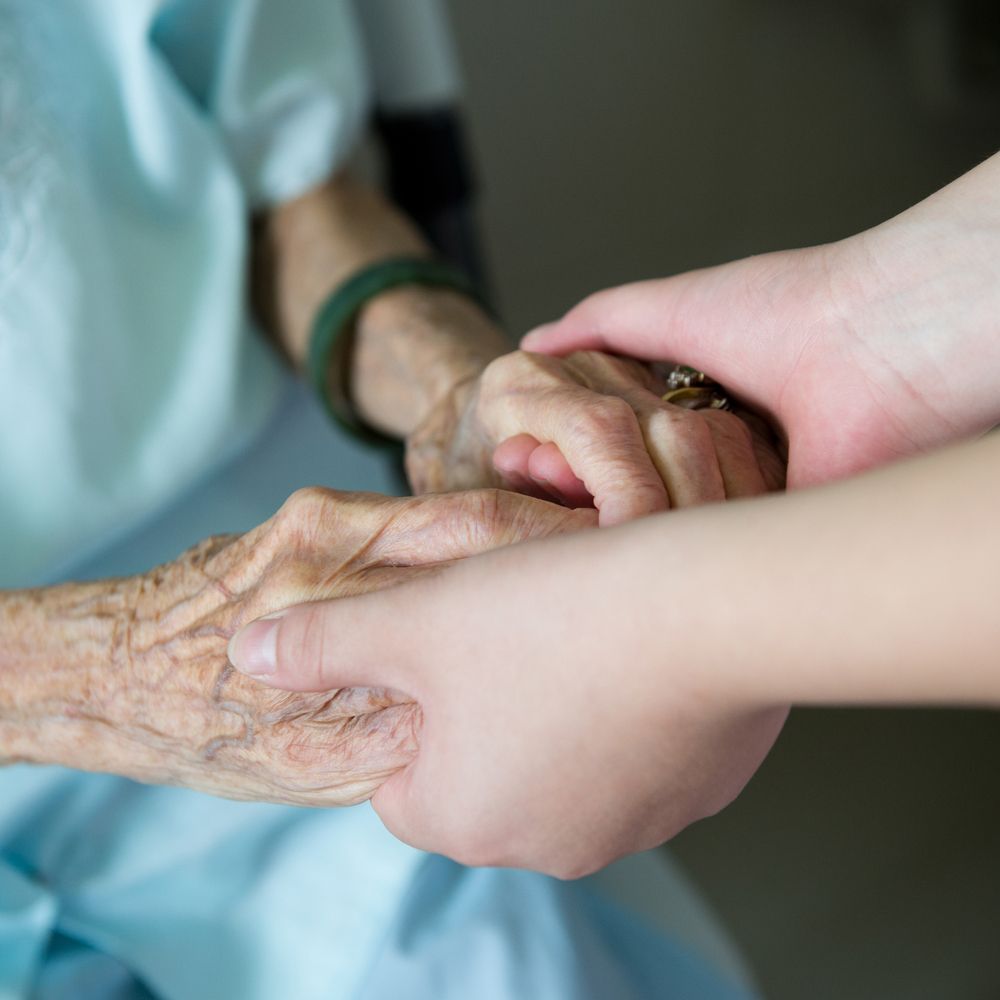Article
The Meaning of Compassion
Author(s):
Proponents of medical aid in dying often accuse their opponents of lacking compassion. But what does that word really mean?
hxdbzxy/shutterstock

I am grateful for Michael von Poelnitz, MD’s letter “A Psychiatrist’s Personal Perspective on Medical Aid in Dying.” It is a valuable addition to Psychiatric TimesTM ongoing debate on assisted suicide. I feel great compassion for him and his mother. I also appreciate his proper use of the word kill in this context, referring to the procedure used with his mother in Switzerland, as opposed to many of the other euphemisms that are often deployed, particularly by proponents of assisted suicide and euthanasia. Language plays a very important role in this conversation. Indeed, as George Orwell famously said, “If thought corrupts language, language can also corrupt thought.”1
The letter seems to imply that the medical killing discussed in my article about developments in Canada is involuntary, in contrast to the voluntary and cooperative nature of the process in his mother’s case. I note in my opening paragraph, however, that all these laws involve voluntary participation by patients in these procedures. Typically, a patient makes the initial request. However, some Canadian colleagues tell me they are being pressured to inform potentially eligible patients of the euthanasia option, even if patients do not bring it up. Even some physicians who are conscientious objectors are pressured to do this. However, there is also evidence that euthanasia is provided without request for some incompetent patients in the Benelux countries (Belgium, the Netherlands, and Luxembourg) who have no family members available for proxy consent, nor advanced directives for euthanasia.2,3
The letter also raises the issue of who does the killing. In some cases, it is indeed a patient’s psychiatrist. In one Dutch series, Scott Kim, MD, PhD and his team found that 73% of psychiatric euthanasias in 66 patients were performed by doctors who were already caring for the patient.4 Specifically in cases involving euthanasia for personality disorders, 30% of the euthanizing physicians were psychiatrists.5 As psychiatric euthanasia becomes available in 2 years in the large nation of Canada, numerous psychiatrists will have to confront euthanasia as a legal option for their suicidal patients, and they will increasingly be in positions to possibly approve it, and even provide the service.
Finally, a standard canard of those favoring euthanasia and assisted suicide is to portray those opposed to it as lacking empathy for patients’ agonies. I would turn that charge around. A core competency in psychiatry is to have a deep immersion and empathic understanding for such feelings, to have what Karl Jaspers, MD, PhD called verstehen— a sense of standing in a patient’s shoes. What the letter calls “a willingness to go beyond one’s own limitations in order to sense and perceive more broadly” should not mean transcending empathic understanding to aid and abet suicide. Rather, it should give us a deeper standpoint from which to deploy support and advocacy, to help patients find a path into the future, to help mobilize their support systems and state-of-the-art palliative care, and to attend to them devotedly in their suffering—demonstrating the true meaning of compassion: to suffer with. To provide or facilitate their suicide is a betrayal of a fundamental ethos of psychiatry.
Dr Komrad is a psychiatrist on the teaching staff of the Johns Hopkins Hospital in Baltimore, Maryland. He is also clinical assistant professor of Psychiatry at the University of Maryland, and Teaching Faculty of Psychiatry at Tulane University in New Orleans.
References
1. Orwell G. Politics and the English language. George Orwell: A Collection of Essays. Houghton Mifflin Harcourt Publishing Company; 1981.
2. Pike G. Euthanasia and assisted suicide: when choice is an illusion and Informed consent fails. BiosCenter. November 26, 2020. Accessed August 4, 2021.
3. Pereira J. Legalizing euthanasia or assisted suicide: the illusion of safeguards and controls. Curr Oncol. 2011;18(2):e38-45.
4. Kim SYH, Conwell Y, Caine ED. Suicide and physician-assisted death for persons with psychiatric disorders: how much overlap? JAMA Psychiatry. 2018;75(11):1099-1100.
5. Nicolini ME, Peteet JR, Donovan GK, Kim SYH. Euthanasia and assisted suicide of persons with psychiatric disorders: the challenge of personality disorders. Psychol Med. 2020;50(4):575-582.





